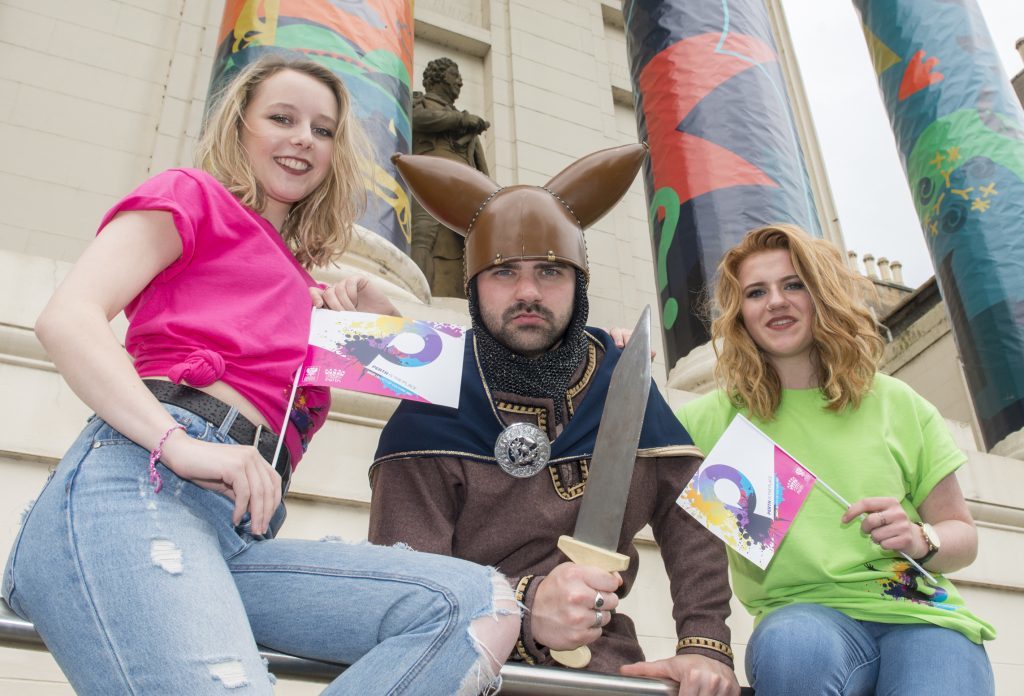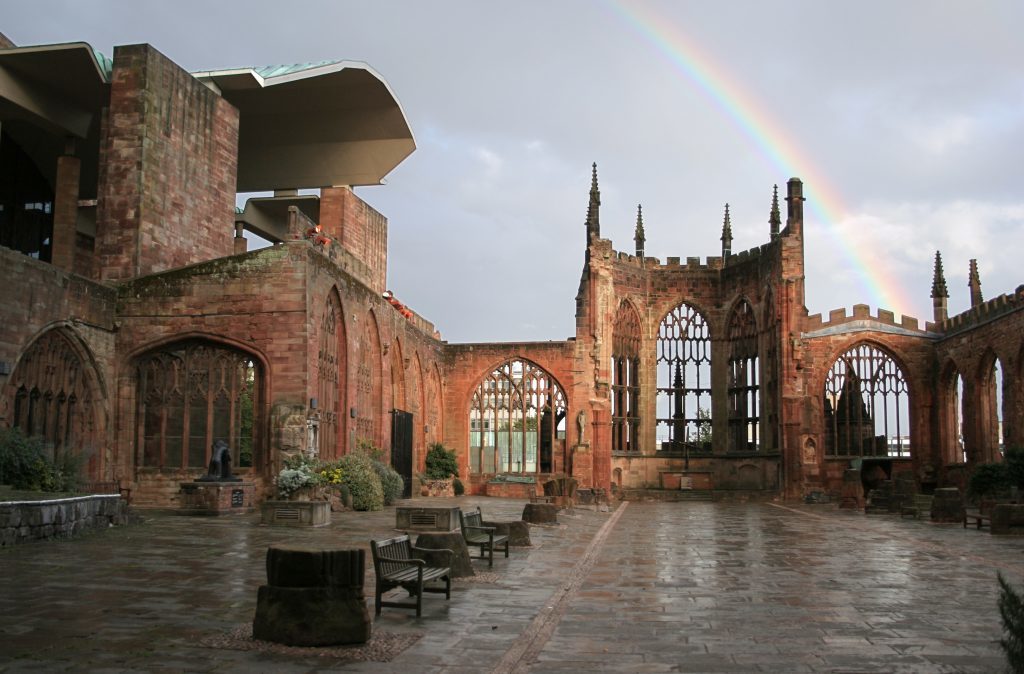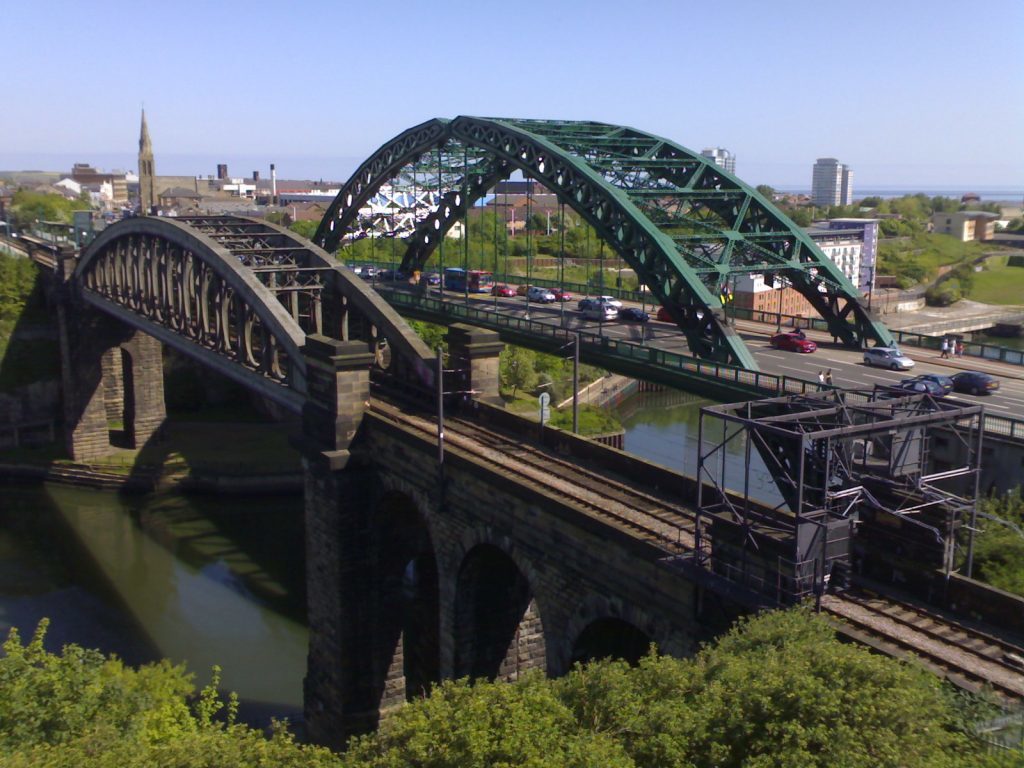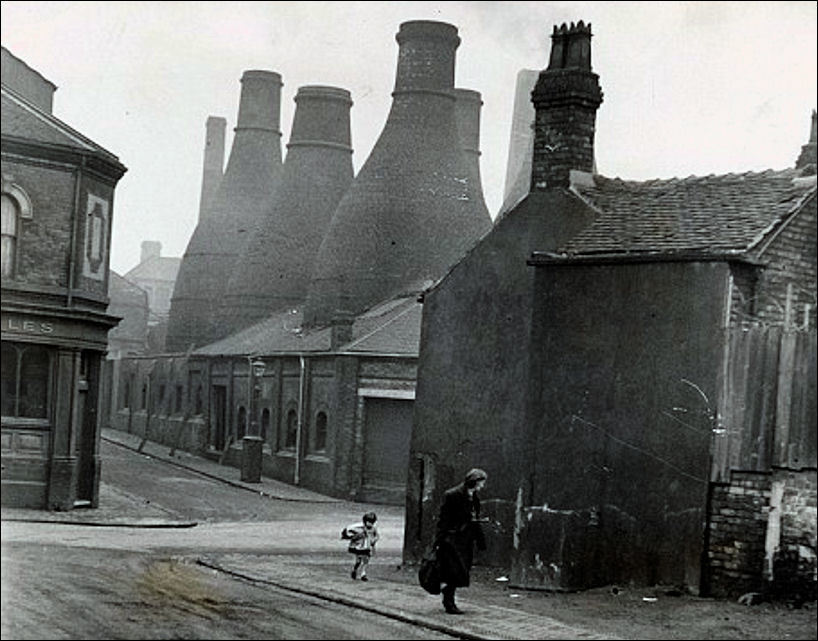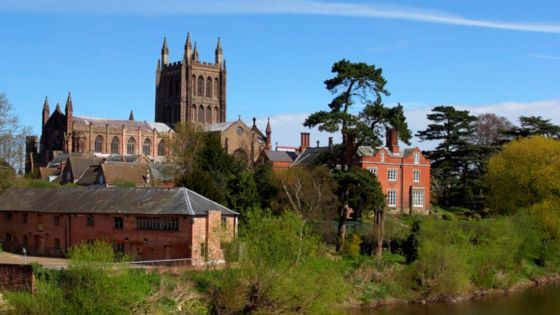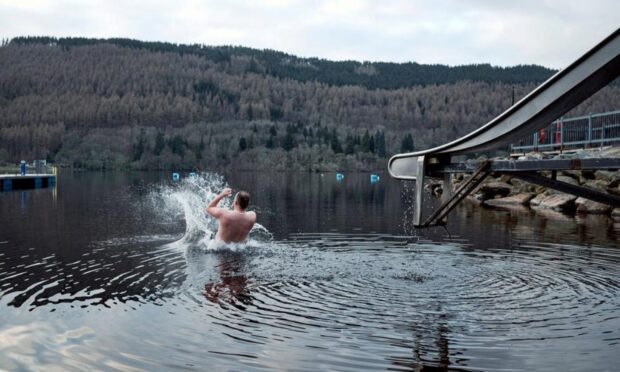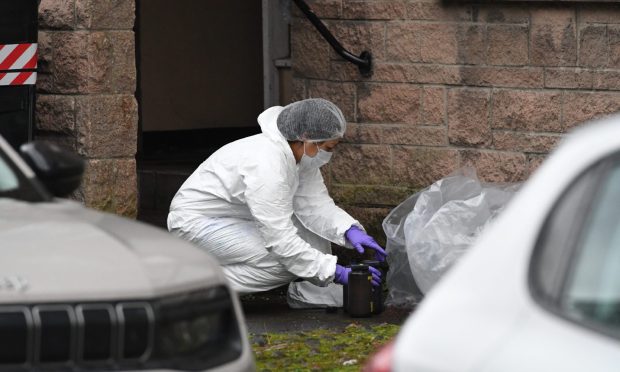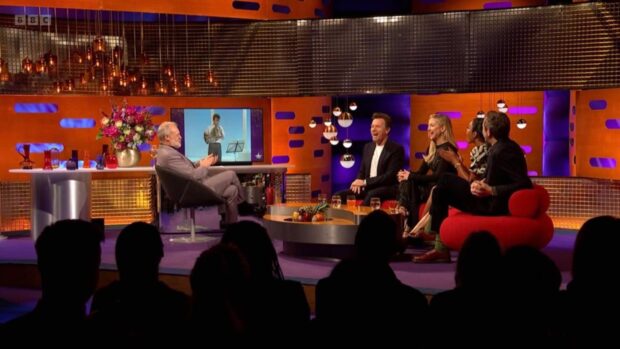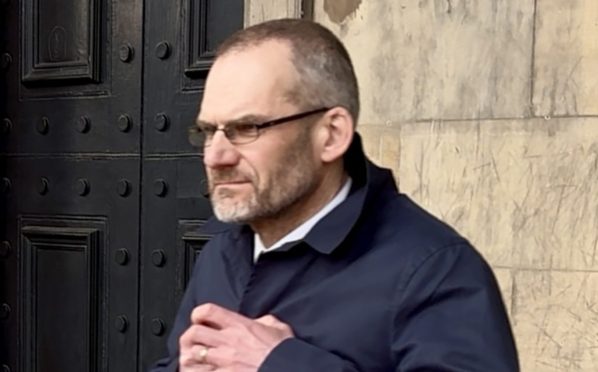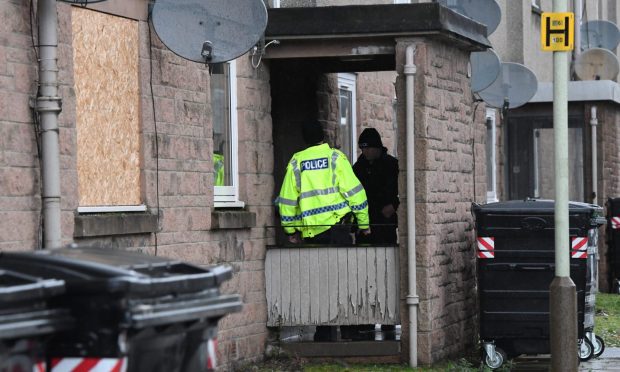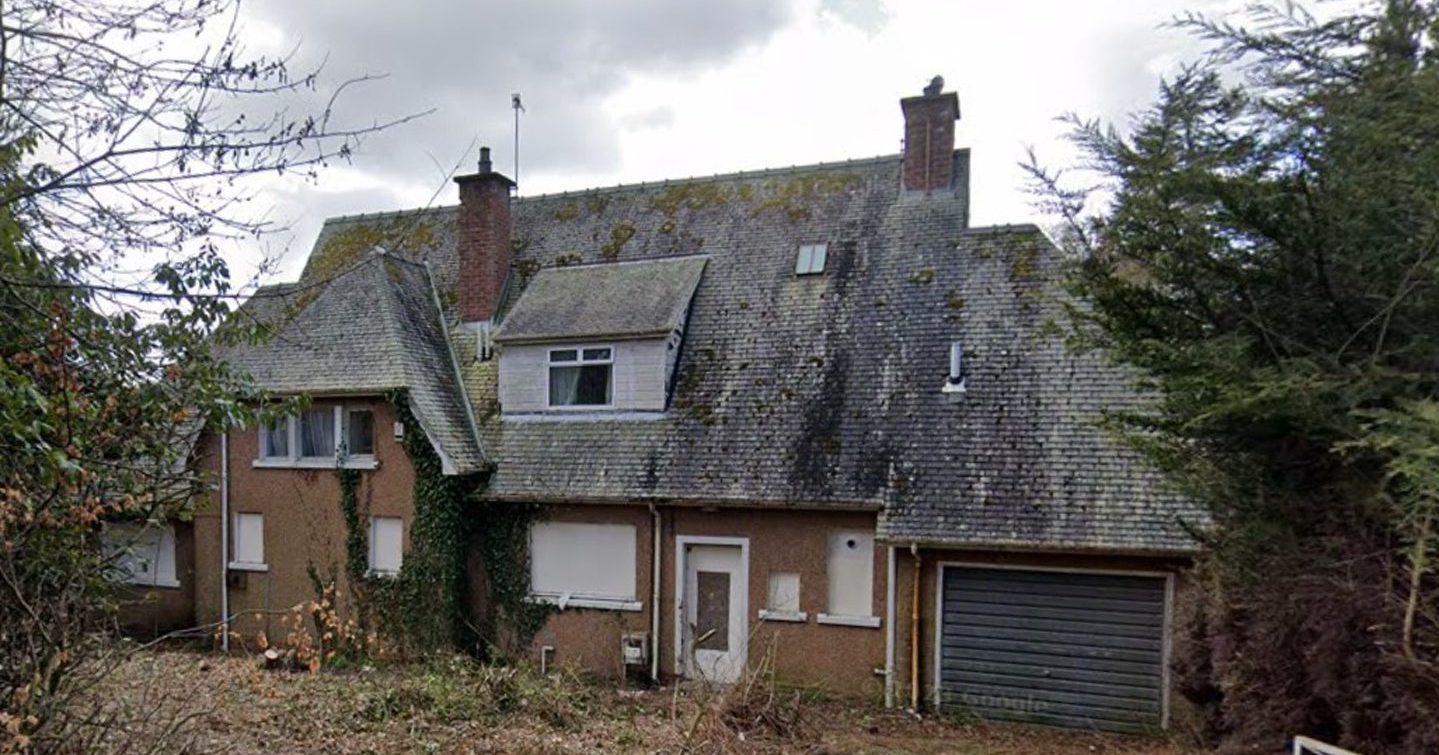As Perth officially launches its bid to become UK City of Culture in 2021, Michael Alexander looks at some of the other candidates in the running.
Perth is to build its UK City of Culture bid around a community-developed programme of arts and culture linked to the themes of a green city, celebrating Perth’s place at the heart of a rural community.
It also emphasises the city’s role as a meeting place and melting pot and highlights its heritage as a catalyst for creativity and ideas.
But who are the competitors? So far Paisley, Coventry, Sunderland and Stoke-on-Trent have announced their plans with others such as Hereford, Milton Keynes and Cardiff showing intent.
PAISLEY
Paisley is not actually a city, but as a large urban area, it meets the criteria for the competition organised by the Department of Culture, Media and Sport.
Once a thriving weaving and textile town of international significance, remnants of its once mighty industrial mills now sit alongside a tired High Street. Like many post-industrial cities, it now suffers that enduring problem of boarded up properties alongside a handful of chain stores and charity shops.
But after decades of decline, civic leaders see the City of Culture bid as a way to capitalise on its heritage and reinvigorate pride whilst at the same time boost arts and cultural activity. By encouraging tourism, they also want to change the way outsiders and locals think of the town.
Residents got into the swing of this at the weekend when the Paisley Music Weekend was held to bring the community together.
Shopping centres, pubs and cafes were transformed into music and drama venues – and even Saturday’s Scottish Championship football match between St Mirren and Hibernian featured a half-time music show.
Gala days in neighbouring villages were also organised under the city of culture bid umbrella, emphasising the council leader’s message that unity is key.
COVENTRY
Think Coventry and what comes to mind? – Cathedrals? Terrible damage sustained during a German bombing raid in 1940? Car plants? Or maybe even a place you might be sent to if your friends stop speaking to you?
Much of Coventry’s concrete jungle of today is a consequence of that Second World War bombing. Little remains of its medieval heart, with post-war town planners favouring pedestrian precincts over style and ring roads over cycle ways.
Today tourists visit the burnt-out shell of the cathedral which was left as a monument.
A modernist replacement was constructed next door. Its attractions include a collection of specially commissioned art, including a huge tapestry by Graham Sutherland and stained glass windows by John Piper.
But amid a feeling from civic leaders that Coventry is underrated, misunderstood and perhaps even forgotten, what those behind the bid to be UK City of Culture in 2021 hope to do is to tell more people about its culture and heritage.
Coventry is being aided in its bid by Andrew Dixon, the man who helped Hull win City of Culture status for 2017. He highlights Coventry’s pioneering record of theatre and film education.
It’s also hoped the bid could kick-start regeneration in some of the city’s poorer areas.
SUNDERLAND
Reminders of Sunderland’s industrial past made national headlines a few months ago when the city became one of the first in England to declare that its residents want to leave the European Union.
Almost a century ago it was regarded as the shipbuilding capital of the world. Noisy, dirty and prosperous, it also thrived thanks to the Monkwearmouth Colliery, close to where Sunderland FC’s Stadium of Light now stands. There was also a glass factory.
But whilst industry has survived through the giant Nissan car plant and the German crane manufacturers Liebherr, an all too familiar story saw many old uneconomic industries shut down.
Undercurrents of unemployment, run-down shopping centres and housing estates now blight the landscape and the psyche of its people.
But it has already been looking to re-invent itself through culture. For example, one early attempt was the National Glass Centre on the Sunderland waterfront, on the site of one the city’s vanished shipyards. Opened in 1998 and funded by the lottery, the Centre mounts exhibitions of decorative glass and runs courses in glass making.
Another is a new Music, Arts and Culture Quarter – again funded by lottery cash.
Civic leaders hope to build momentum on this energy through its bid with ambition to establish itself as a national centre for arts, heritage and culture.
STOKE-ON-TRENT
Pottery, rock music, Victorian architecture and oatcakes will all form part of Stoke-on-Trent’s bid.
The city already has a strong heritage from musicians, such as Lemmy and Robbie Williams, and writers such as Arnold Bennett. It has its own particular cuisine, with lobby, Wrights pies and oatcakes, and its own dialect.
But if successful, it would inevitably drive forward the city’s regeneration and enhance its profile, city leaders say.
Like many places, the effects of post-industrialisation are evident across the city.
But Stoke’s industrial past is already being used to strive for a brand new cultural future.
Like its rival Paisley which will make the most of its Paisley shawls and Paisley pattern heritage, Stoke-on-Trent will make the most of its hands-on ceramic history with an artistic flavour.
Today there are still plenty of bespoke potteries and studios. Whilst most of the big factories have gone – finding it more cost effective to manufacture in the Far East – tourists come from all over the world, attracted by the pottery heritage.
Pop-up businesses run by and for artists also give a cultural feel in the city centre.
And the old Spode factory, “the birthplace of bone china”, which closed in 2008 is being done up as the centrepiece of its culturally-led regeneration strategy.
HEREFORD
It is a rural and somewhat unlikely city synonymous with the Special Air Service (SAS).
But according to the team behind Hereford’s bid to be named UK City of Culture 2021, it’s also very much a case of ‘He Who Dares Wins’ for the campaign.
Ian Archer, the chief executive at the Courtyard Centre of the Arts, says the city has “every chance” of winning if the whole county gets behind the campaign – and it won’t be a “Disney-esque spectacular”.
Instead it will focus on life and everyday cultural experiences with 365 county-wide events running throughout Herefordshire over the course of the year.
Whilst Hereford has not faced the same classic de-industrialisation problems of some of its competitors, it does know all about the social and economic disadvantage of rural isolation, poor services and a low wage economy.
English classical composer Edward Elgar lived there for eight years from 1904 and composed some of his greatest works there.
The Courtyard – which includes a 400-seater auditorium opened in the 1990s – has already helped local artists and craftspeople make money from their work.
The city’s other big venue is 12th century Hereford Cathedral.
It’s also one of the three cathedrals (the others are Worcester and Gloucester) which mount the annual Three Choirs Festival.
